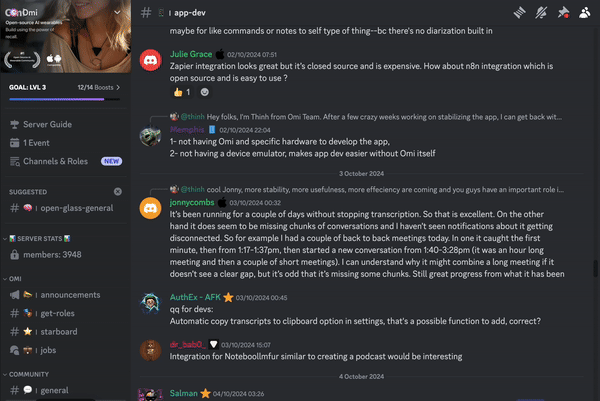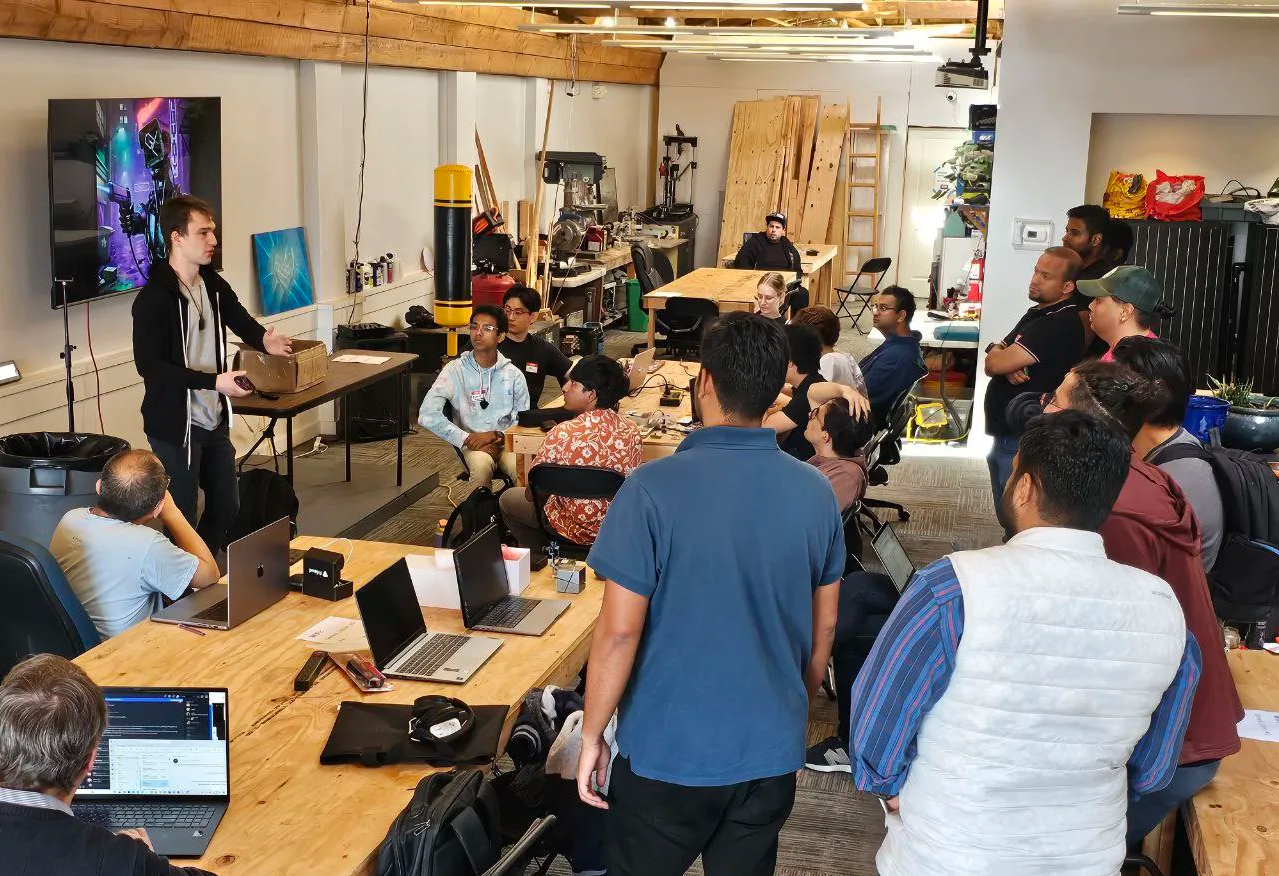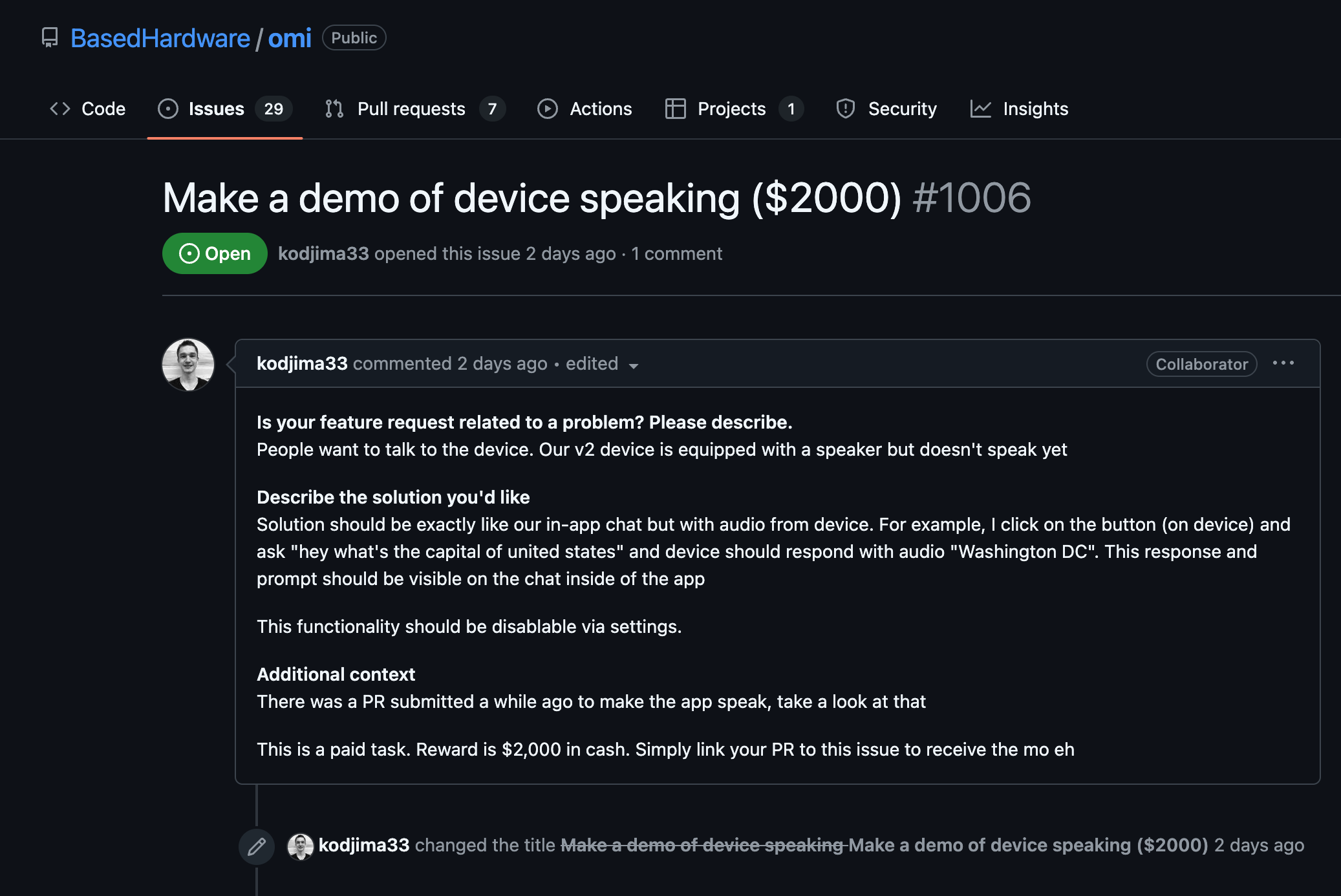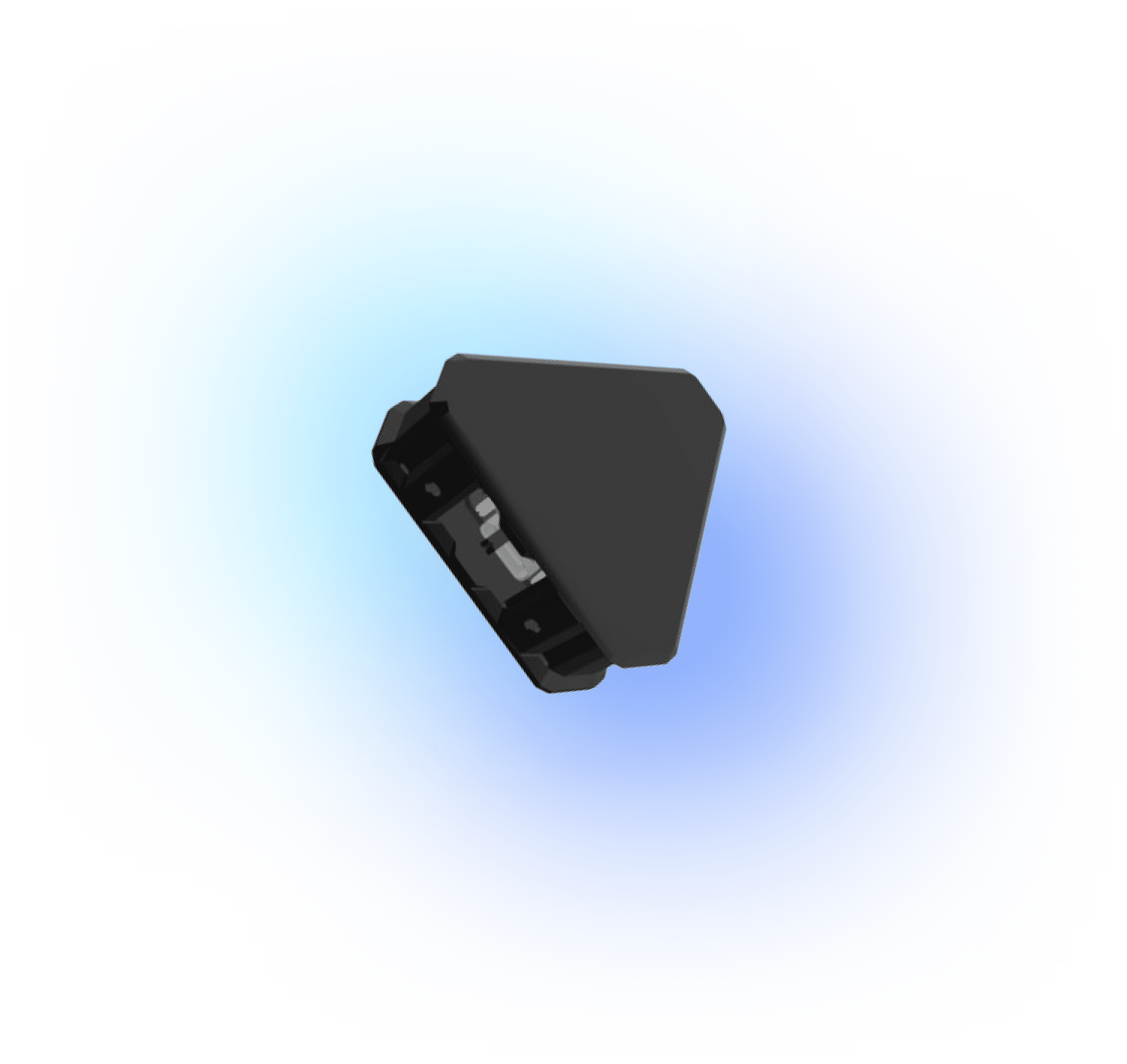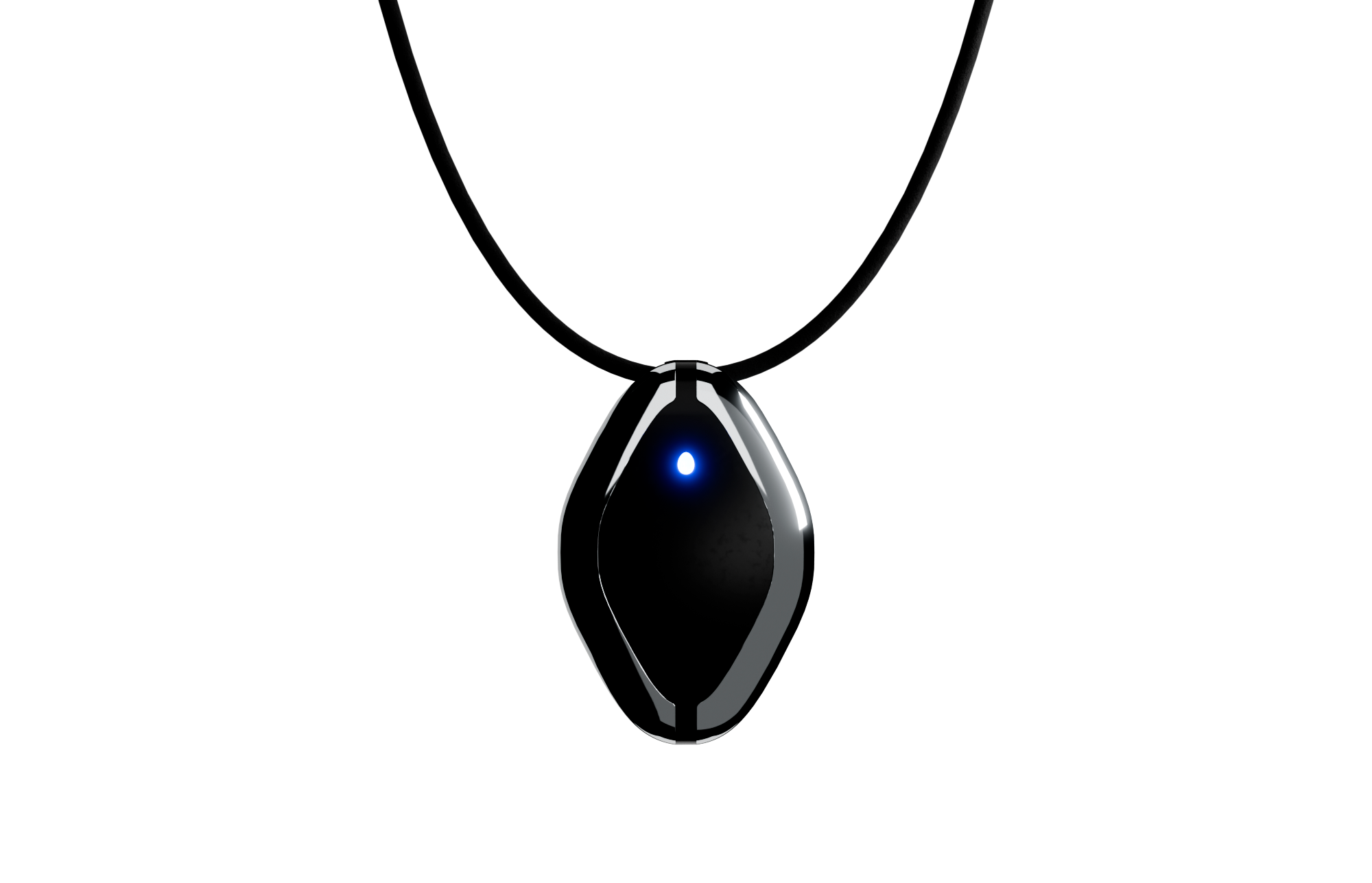Define the Power Requirements
- Evaluate the total power consumption of the PCB by analyzing the current and voltage requirements of all components. Consider the worst-case scenarios to ensure reliability.
- Determine the power specifications, including input voltage range and output voltage levels, based on component datasheets and system requirements.
Select Appropriate Power Sources
- Choose power supply units (PSUs) or voltage regulator modules (VRMs) based on the voltage and current needs. Ensure they can handle peak power demands and maintain stable voltage levels.
- Consider using a combination of linear regulators for low-noise applications and switching regulators for efficiency in high-power segments.
Design the Power Distribution Network (PDN) Layout
- Plan the layout to minimize loop areas and reduce impedance. Use wide traces and keep paths short for power nets to minimize voltage drops and resistance.
- Employ multiple ground and power planes to provide low-inductance paths and enhance heat dissipation especially for high-current pathways.
Implement Decoupling and Bypass Capacitors
- Place decoupling capacitors close to the power pins of ICs to filter out noise and reduce voltage fluctuations. Use different capacitance values for various frequency domains.
- Ensure that bypass capacitors are connected with low-inductance paths to the power and ground planes to maximize their effectiveness.
Simulate and Analyze the PDN
- Utilize electronic design automation (EDA) software to simulate the power distribution network. Evaluate parameters such as voltage stability, impedance, and potential EMI issues.
- Perform load transient analysis to verify that the PDN can handle sudden changes in load current without significant voltage droop.
Consider Thermal Management
- Analyze the thermal performance of the PDN and employ thermal relief measures like copper pours and additional vias for heat dissipation.
- Integrate heat sinks, thermal vias, or fans if necessary to maintain component temperatures within their operating limits.
Verify and Finalize the Design
- Conduct thorough design reviews and prototyping to identify potential issues and optimize the PDN design for cost, performance, and manufacturability.
- Perform testing on prototype PCBs to validate the power delivery under various operating conditions and refine the design as needed.
